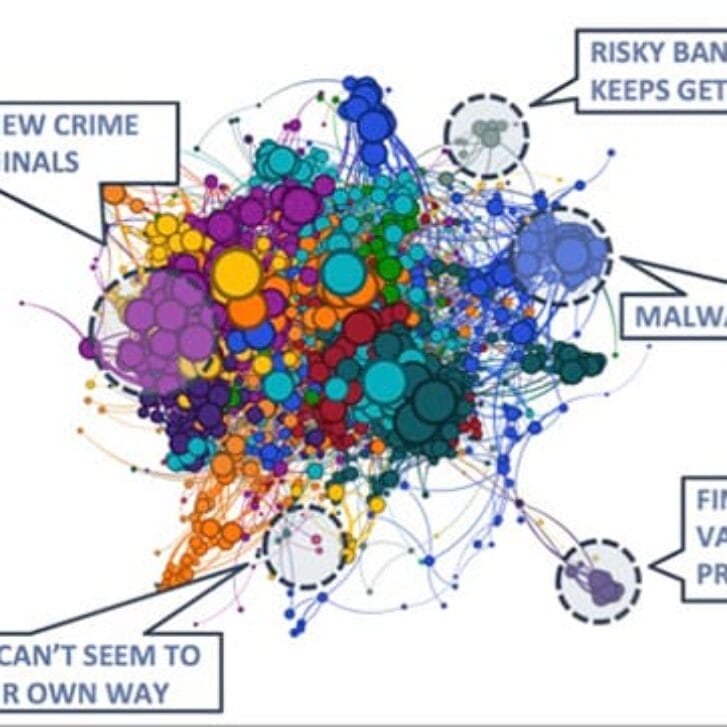Innovation is a key source of competitive advantage and a way to develop or extend customer relationships. Yet many companies grapple with pursuing breakaway innovation. The major obstacle for many is the lack of outstanding ideas. To fill the gap of blockbuster new products or services, they instead make a lot of small bets typically destined for mediocrity or failure.
Indeed, according to an Accenture report in 2011, just one in every 1,000 innovative ideas actually proves successful. New product success and failure is often decided before a project even enters the development phase. Successful innovation requires higher quality ideas to begin with.
A vital idea ecosystem can help foster them. These ecosystems can be designed by focusing on three steps:
1. Develop a mission and set business goals and objectives with a purpose.
During the mission stage of innovation, top management identifies the target groups for innovation, the criteria for success and a core team to accomplish goals. Top management should have a vested interest in a successful project outcome. The pursuit of breakaway innovations requires breakthrough-specific capabilities and significant strategic commitment.
2. Foster inspiration.
Inspiration is the foundation upon which ideation can flourish. The goal is to develop in-depth insight into what is moving your (potential) customers–their hidden needs–and develop the foresight required to identify your future growth markets and products. Research has shown that a strong market orientation and superior skills in marketing research are associated with successful product innovation programs.
3. Increase your attention to ideation.
Ideation is at the heart of innovation. Many businesses do not focus enough on ideation. A benchmarking study published by the Product Development Institute Inc. revealed that only 19 percent of businesses have a proficient ideation front-end to feed their development funnel.
If your team prioritizes innovation, I applaud you for recognizing the importance of innovation in gaining competitive advantage. For best results, prioritize ideation and embrace nontraditional methods to come up with ideas. The extra weeks and months of ideation can be the difference between pursuing a winning breakaway innovation and a loser.


























